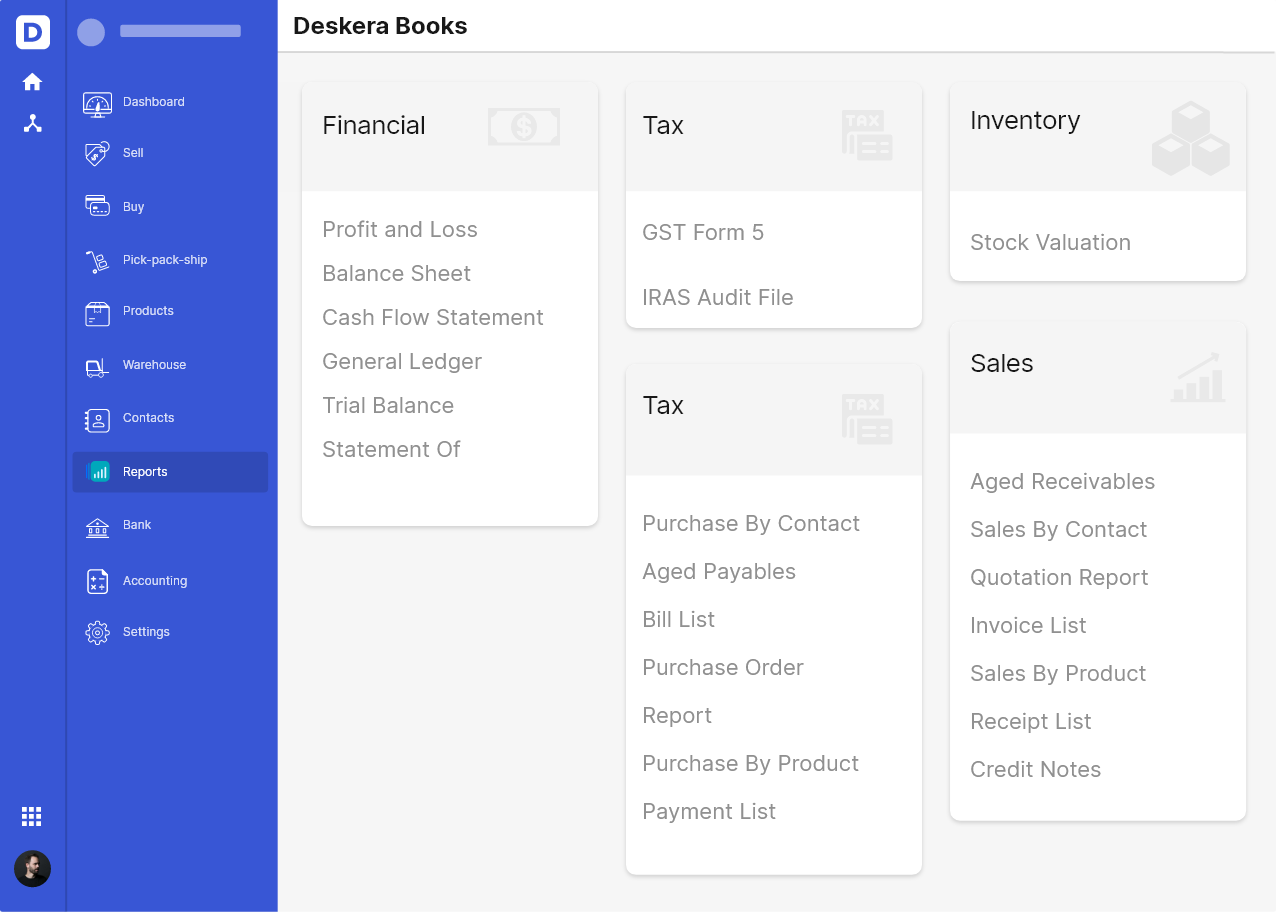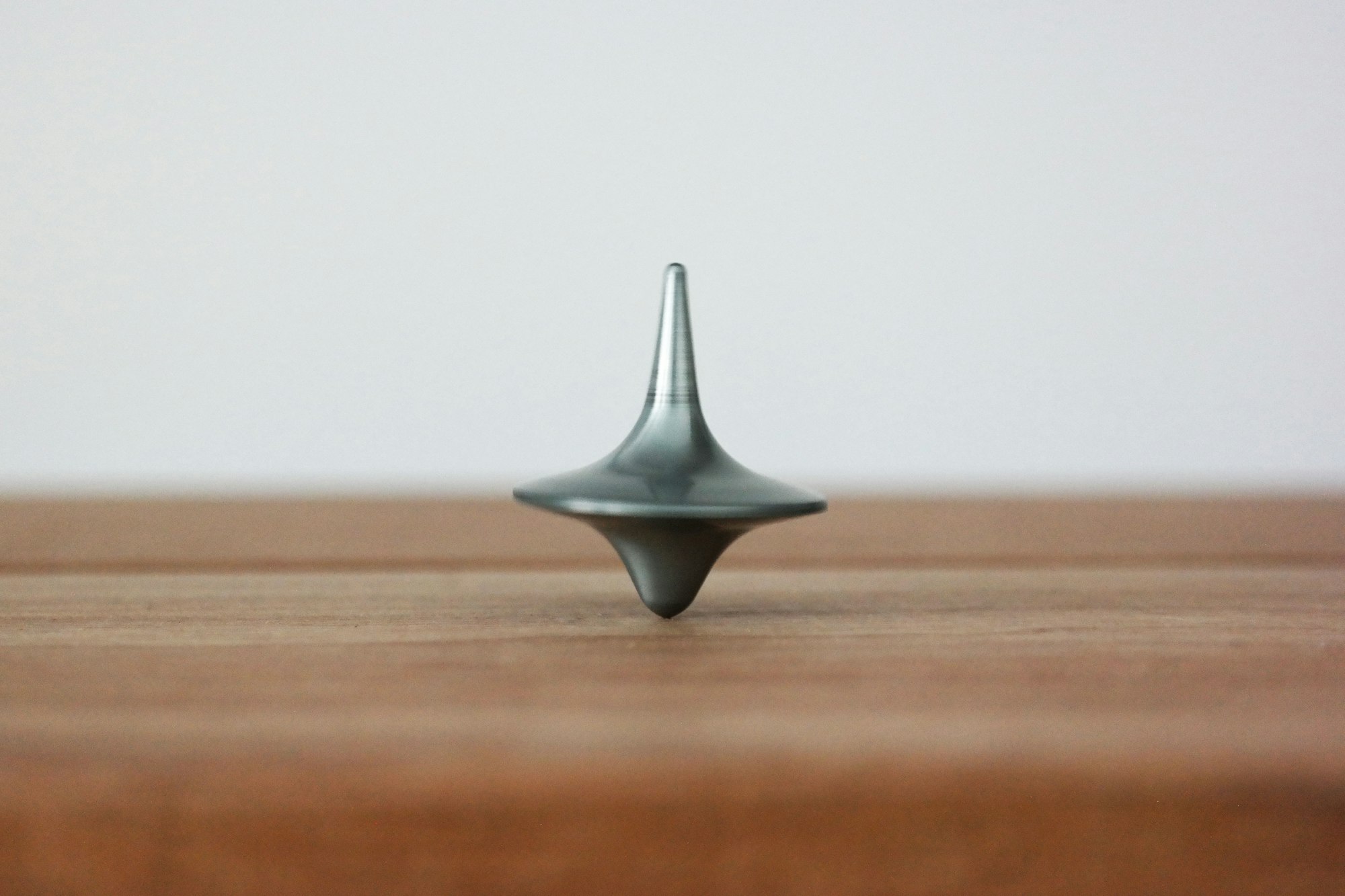A Balance Sheet offers a snapshot of your company’s financial position at a moment in time. The Balance Sheet helps you answer the questions: - How much does your business own? - How much does your business owe? - How much was invested by your own fund, or shareholders funds?
A Balance Sheet offers a snapshot of your company’s financial position at a moment in time.
The Balance Sheet helps you answer the questions:
- How much does your business own?
- How much does your business owe?
- How much was invested by your own fund, or shareholders funds?
There are three main types of accounts in a Balance Sheet:
Assets
Assets are what companies own to generate income such as factory, furniture, goods for sale, money in bank accounts, or outstanding invoices.
Liabilities
Liabilities are what companies owe, including loans from banks, money owes to vendors, employees, tax authorities.
Equity (Owner’s Equity or Shareholder’s Equity)
The amount invested by its owner or shareholders and earnings retained from operation.
Equity implies the remaining portion of owners or shareholders of the company if all assets are liquidated, and all liabilities are satisfied.
The three are part of your chart of accounts. It is important to setup your chart of accounts correctly to get the right reports.
The Accounting Formula
Assets = Liabilities + Equity,
You might have heard that famous accounting formula, but what does it really mean anyway?
Think of it this way: What you have on hand (assets) is either:
1/ What you have borrowed from banks or other creditors (liabilities)
2/ What you have chipped into the business (owner’s Equity), what shareholders have invested in the business (Shareholders’ Equity, or what you have earned and retained after deducting all expenses (Retained earnings)
Conclusion
Hope you have a better understanding of balance sheets now. If you want balance sheet examples and an in depth analysis, head over here.
Interested in knowing more? Here is some further reading.
- Deskera Balance Sheet: A guide to understanding balance sheets
- Complete Guide to Income Statement for Small Businesses [+ examples and templates]
- The Complete Guide to Cash Flow and Cash Flow Statements (++ Examples and Free Templates for Download)
Did You Know
You can generate balance sheets and other financial statements online with an online accounting software like Deskera Books easily.










